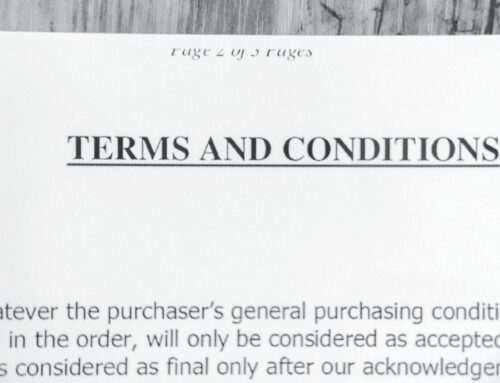Admittedly this article has nothing to do with law. It is also not thought provoking or significant. Not dressing to code is, however, one of my bugbears which is why I have insisted that this article be posted nonetheless.
I, like some of my colleagues, have suffered with the dreaded ‘dress code embarrassment’. Not for getting the dress code wrong, but for getting it right and being a minority in the room. Last year a colleague and I attended a black-tie event, so we wore floor-length formal gowns. To our dismay, when we arrived at the event, there was a mixture of floor length gowns, cocktail dresses, black tie suits and shirts and chinos. It was a fashion disaster and, whilst I kept reminding myself that it is always better to be overdressed, I felt silly.
Now, let me be clear, I do not profess to be a fashion guru. I am a typical Melbournian – black, black and more black. Style is much more interesting than fashion and I appreciate and respect individuality. In the words of Karl Lagerfeld – trendy is the last stage before tacky. But individuality and style do not need to be compromised in order to stick to dress codes.
In the interests of sticking to tradition, and to avoid any embarrassing fashion faux pa situations this year, here is Vogue’s ultimate guide to dress codes (with my tweaks):
White tie
Women: floor-length formal gown and gloves; hair typically worn in an up-do.
Men: suit with a vest and white bow tie.
Black tie
Women: floor-length formal gown.
Men: suit with a black bow tie.
Cocktail
Women: an above-the-knee hem is appropriate, or an evening pantsuit.
Men: suit, tie optional.
Smart casual
Women: there are no rules however it requires a degree of polish, such as a blazer or jewellery.
Men: denims, chinos or suit paints with a shirt or dressed-up T-shirt.
Some may argue that rules are meant to be broken. At Rankin we are firm believers in this mentality. However, when it comes to dress codes, we think it is always best to respect the host’s dress code requests. Dressing well is, after all a form of good manners (Tom Ford).
Rachel Derrico, Senior Associate







